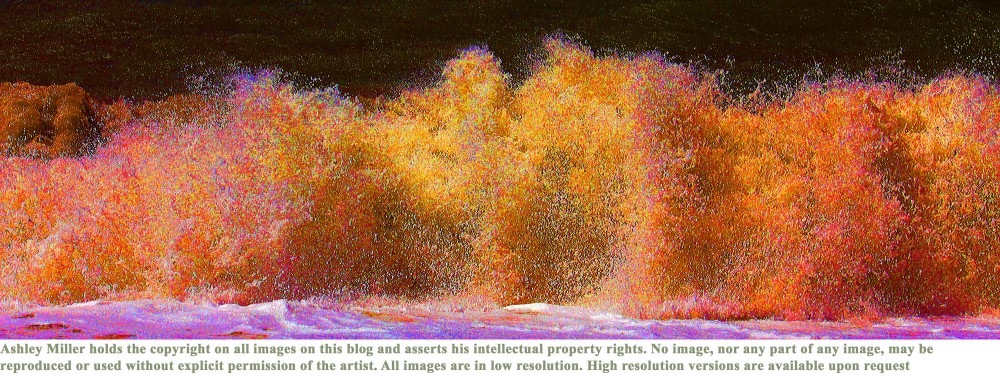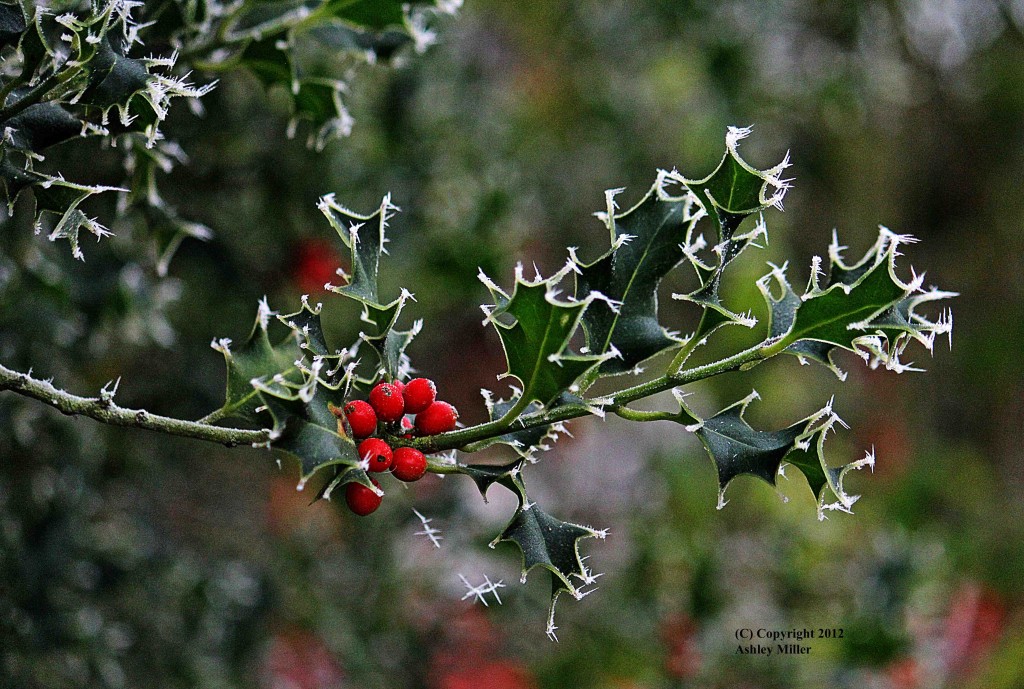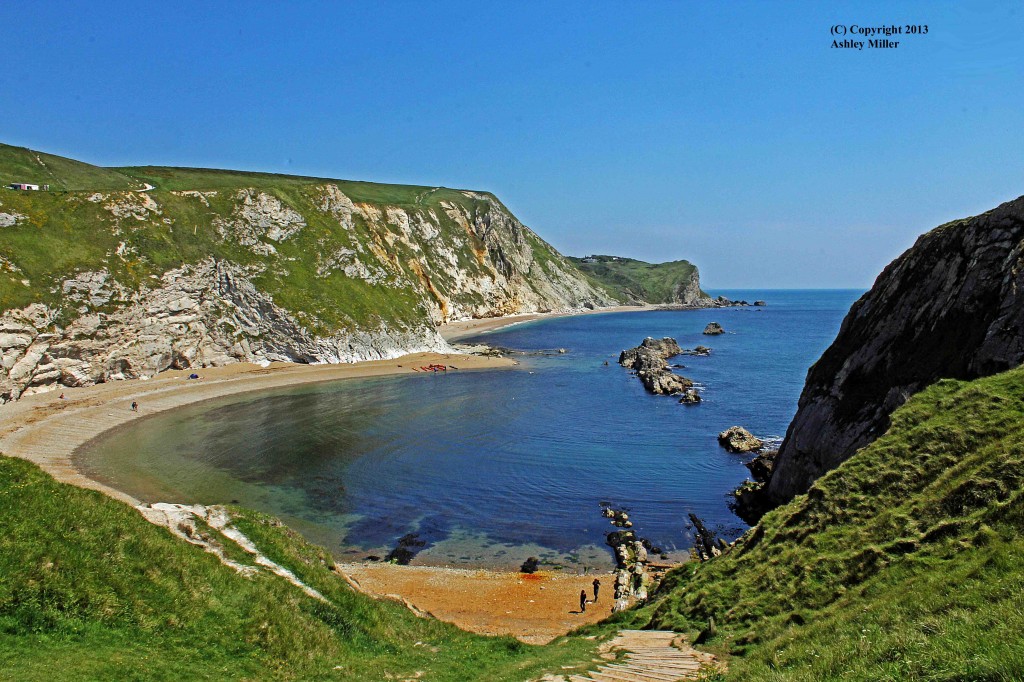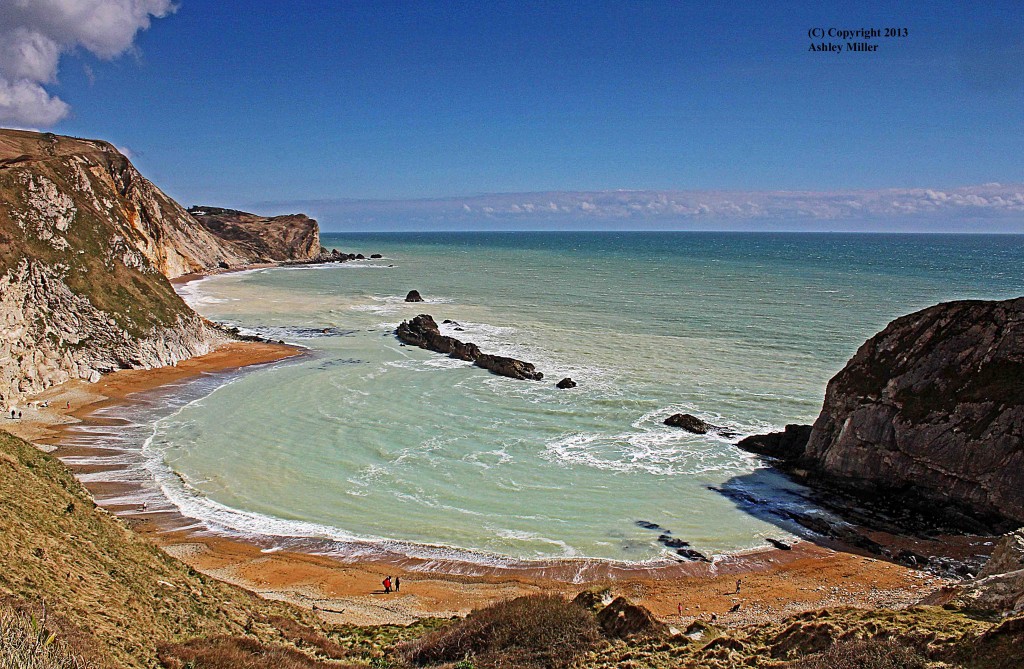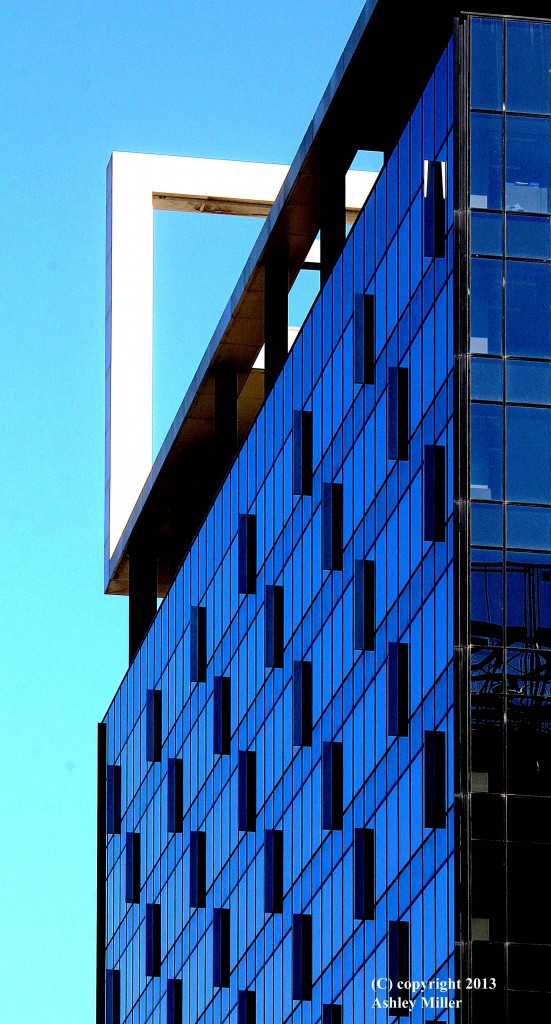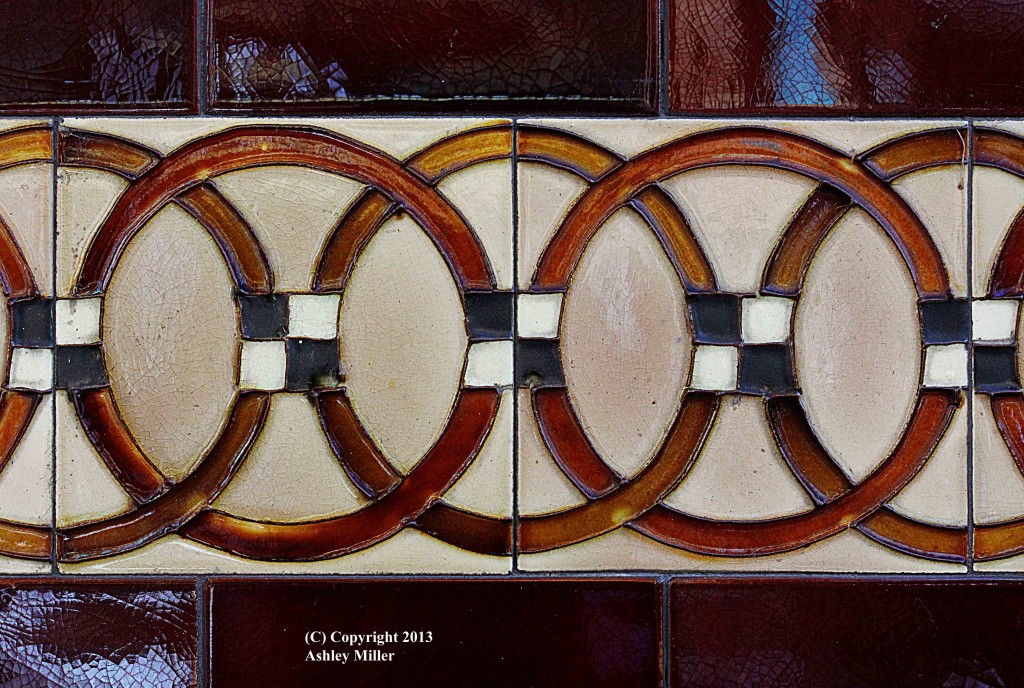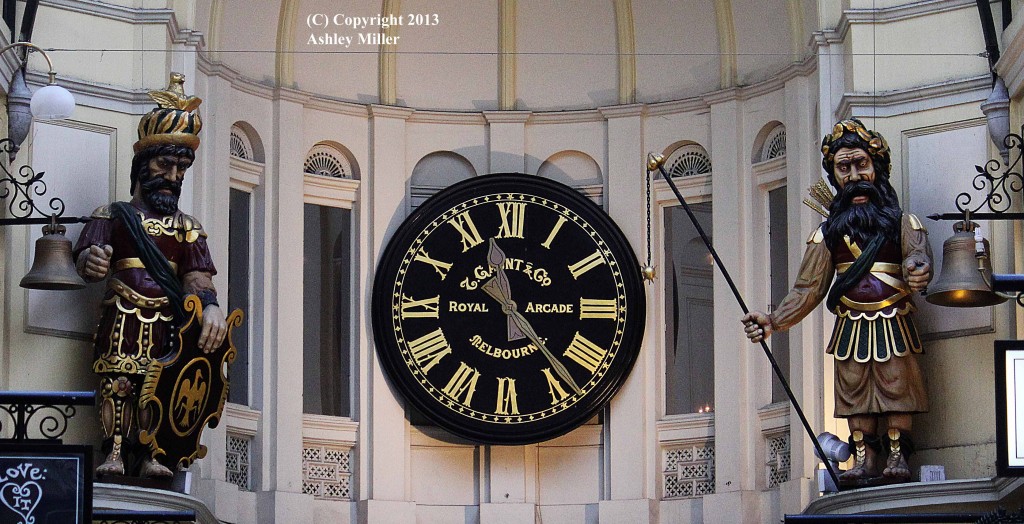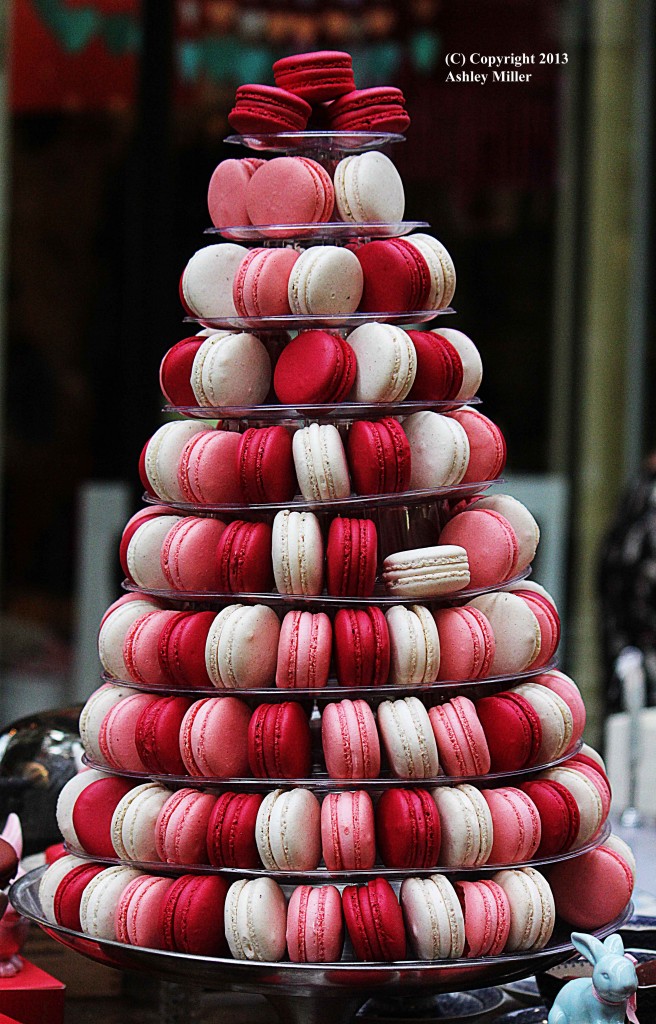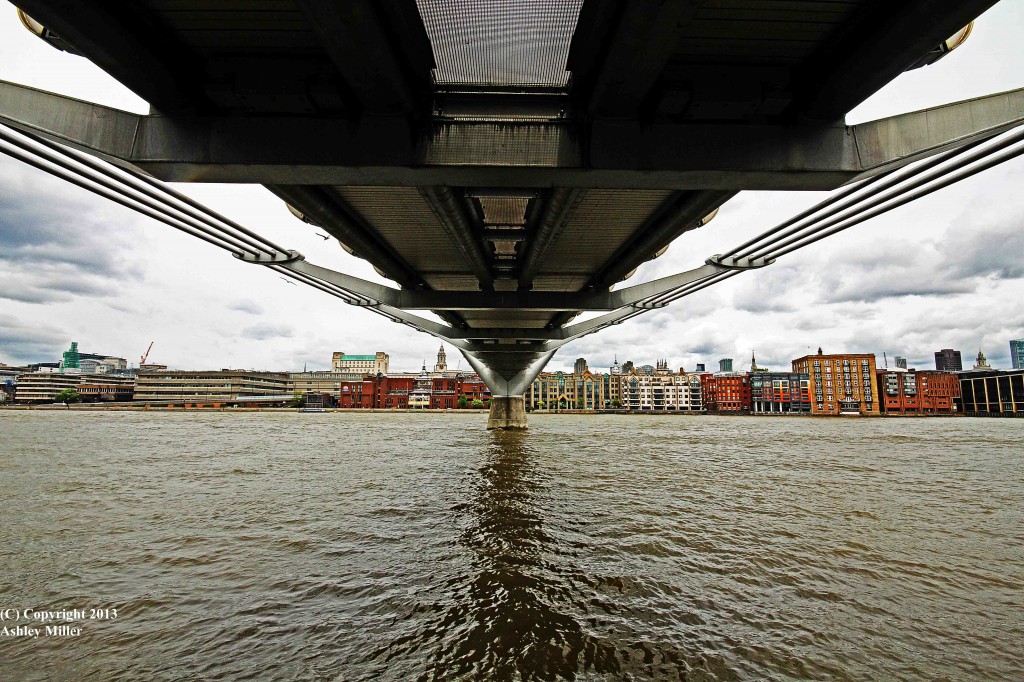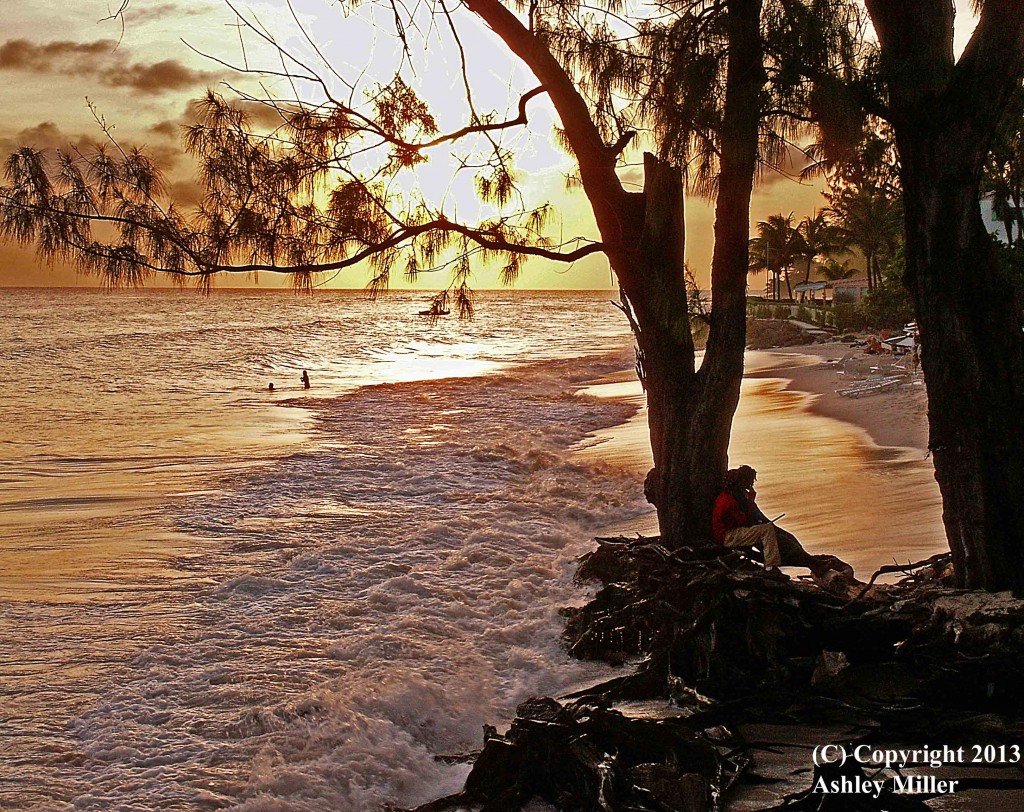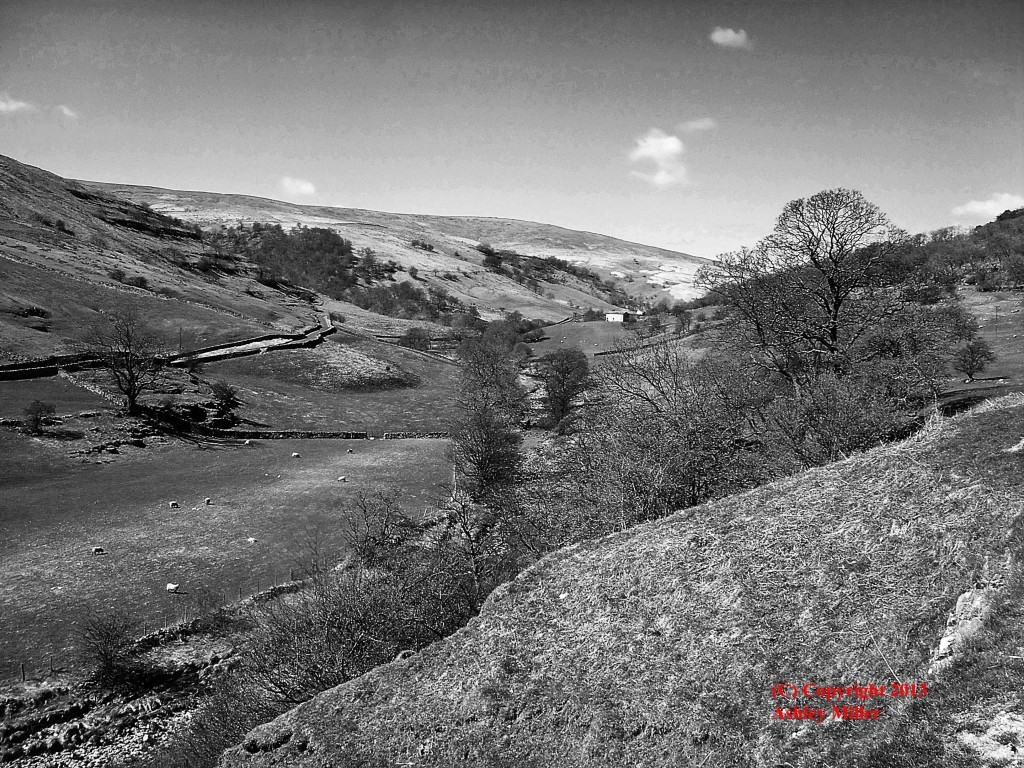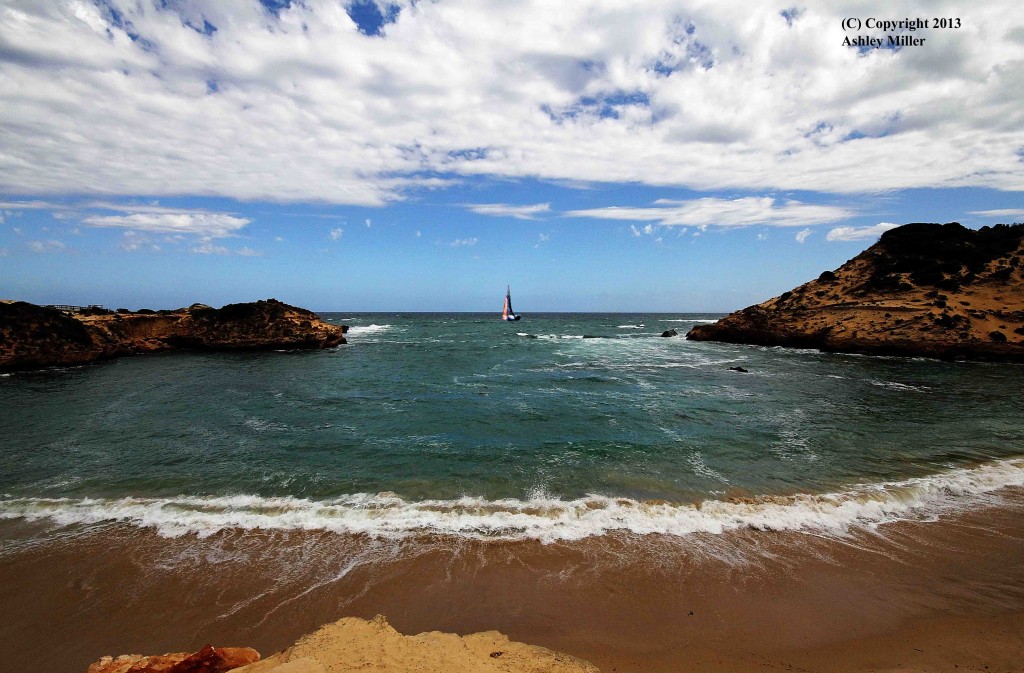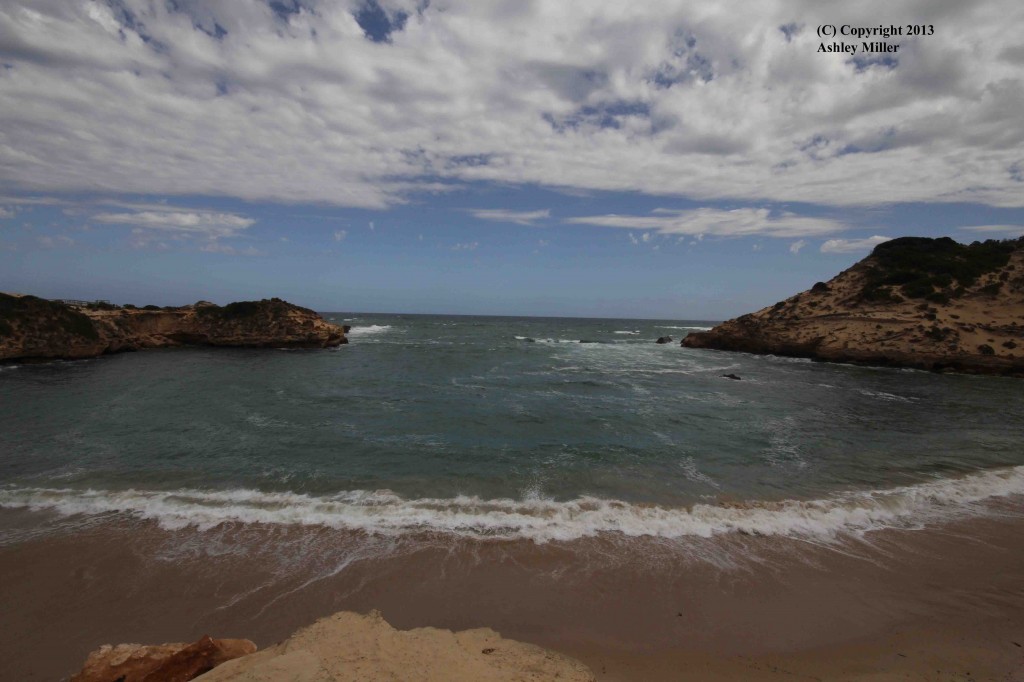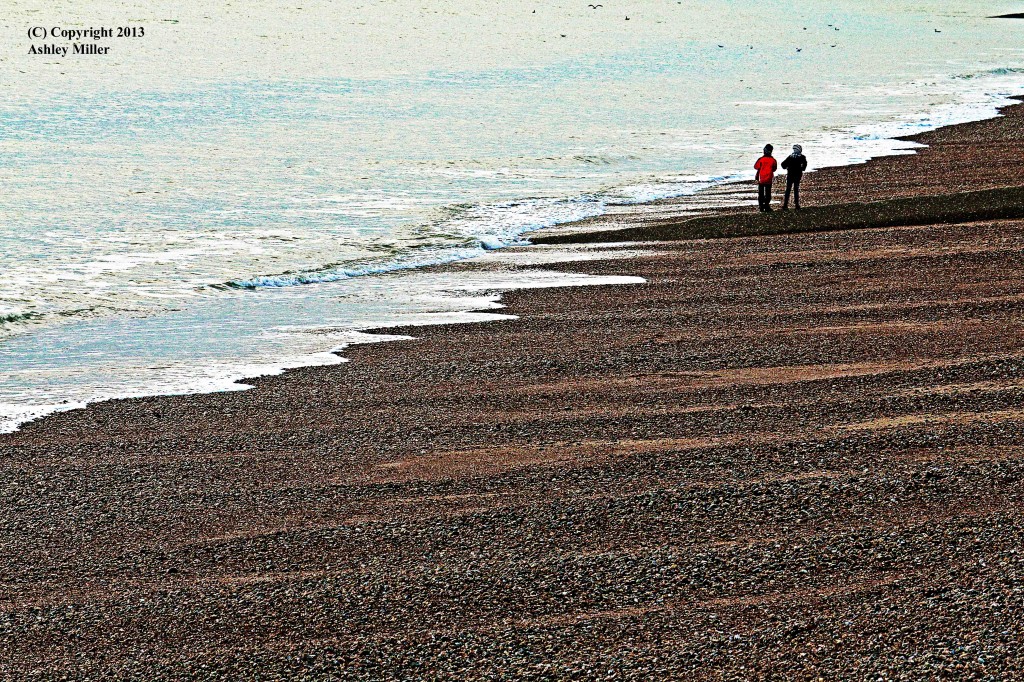To my subscribers. Thank you for your interest in my images. I have no idea and care not what race, creed, colour, religion or nationality you are, yet for all the turning of the year will be here soon. So with a Northern European seasonal image I wish you all festive greetings and a happy new year.
Monthly Archives: December 2013
Man O’ War
These images were taken on the Dorset Coast (Jurassic Coast) in between Lulworth Cove and Durdle Door. It is a place called Man O’ War Cove. They were taken on separate trips (it is just about a day trip for me … 2.5 hours each way) and illustrate many things …
The first and foremost is what a beautiful location this is.
And the next is that this view no longer exists. Some months after the second trip a huge section of the cliff on the left collapsed, fortunately at night so no one was injured on this popular section of the coast. I have not had a chance to return so the view may still be beautiful, yet it will be a different view. The lesson is that we do not live on a dead rock hurtling through space, it is constantly changing, so make images of what is there now as it may not be there tomorrow.
And though both images were taken on bright sunny days, the state of the sea is very different. That is one of the joys of landscape photography. You can visit the same place again and again and it will be different every time. Thank goodness for digital cameras and large memory cards.
Oh and red really does help draw your eye into the picture; in one case some canoes on the beach, the other someone with a red jacket. Purely fortuitous, I did not photoshop them in. Part of image making is luck.
And now I am back off to Australia for Christmas, so I may have few chances to post images until the new year.
Melbourne
The last blog entry was a cityscape, included to make a couple of points. I will explore this theme from time to time as it challenges me for it is not a genre that I am most at home with; and challenges are good.
So I continue with Melbourne, Australia, a city that has adopted me and I have adopted me and I have adopted as a second home. Nothing in the city other than a few aboriginal place names (Dandenong, Maribyrnong) is older than Victorian times, so a collection of Victorian buildings sits alongside the modern and ultra-modern. The non-aboriginal place names are mostly British, names from homesick convicts and their guards who were never likely to make the return trip … Kew, Richmond, Balaclava, Malvern. Though I have just discovered a Brooklyn, now what tragic story does that tell.
And I explore this city as an adopted stranger so I photograph what so many take for granted. And I have taken for granted my birthplace London and have almost no images from it (unlike Muse&Mentor, who when visiting photographs what I take for granted in London’s fascinating buildings and history ) so I have made a resolve to try and rectify this error. These images are just a few of my collection from Melbourne; perhaps you can review where you live and see for the first time what you have always taken for granted; you don’t always have to travel to find images.
The modern
The tiles on a pub
And some images from the Royal Arcade, one of many Victorian shopping arcades
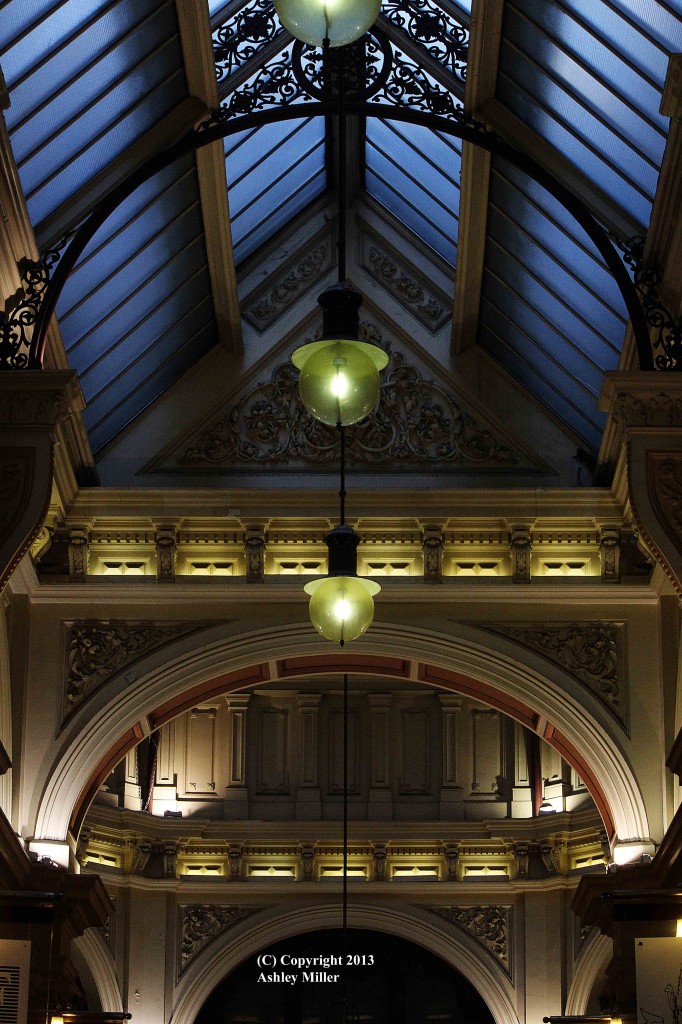
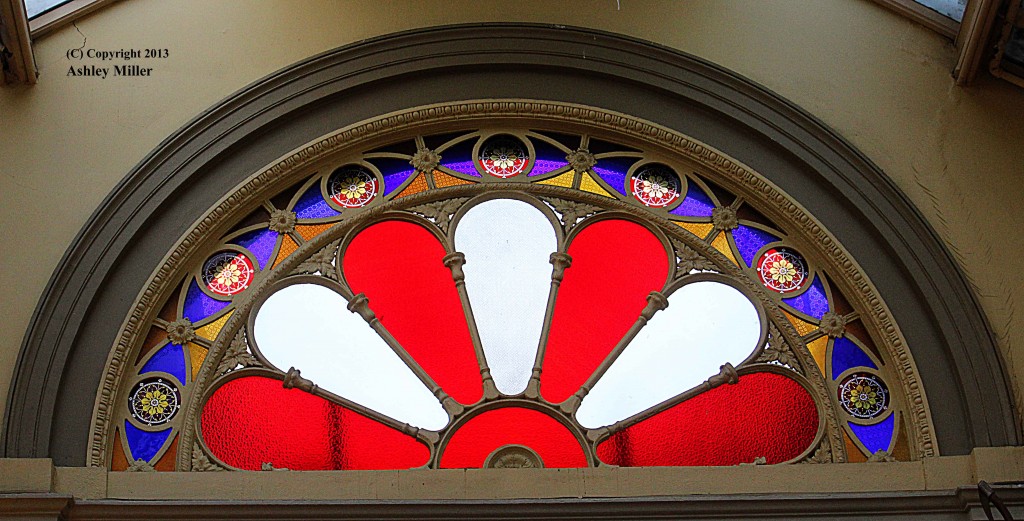 Including these fearsome Gog & Magog figures
Including these fearsome Gog & Magog figures
Be different
This is an image from London. I post it to illustrate a number of points :-
I am not naturally a cityscape photographer yet from time to time we need to push ourselves outside our comfort zone. It is good to recognise and work to our strengths, mine is landscape photography, yet we have to try something different otherwise we become stale and complacent.
I am aware that I post photographs from locations all around the world. Circumstances and a love of travel afford me that option from time to time. But not all of you can afford that option. This was taken a few hundred metres from where I was working. If your opportunities to travel are limited yet you want to create images then take a closer look around you and you may be surprised at what you find.
I have seen many others photograph this bridge. People with big expensive cameras, mounted on tripods; so they were taking it seriously. Yet they all stood to one side or another. So why not stand dead centre I thought, with a wide angle lens. Do something different from the rest and you get a result different from the rest.
Winter antidote
Winter has arrived and it is cold, windy and wet. As the antithesis and antidote to this I publish this picture taken in Barbados. It brings back happy memories of waves lapping on the shore, warmth, easy going days, jerk chicken, flying fish cutters (a sandwich) and another rum punch whilst idly swinging in a hammock. … but easy on the rum punches, they slip down so smoothly, and have a kick like a mule. Hope you think warm happy thoughts too.
Bygone Days
So the previous post got me thinking … walking trips, waterfalls, compact digital … what else did I have on file that might turn into colour mosaics.
So about 7 years ago I did an odd walking holiday to the Yorkshire Dales. Why odd? Unlike the awful JustForYou holiday it was no one’s fault really. The holiday company was http://www.colletts.co.uk/?gclid=CMG489eelLsCFU_ItAodiUcAnA and I have done a couple of trips with them and they do an excellent job … good food, nice accommodation and friendly walk leaders. Just chance though, my group was mostly full of ultra keen, ultra fit walkers, mostly older than me (embarrassing) and they wanted to walk, hard; so if I wanted to spend a time to stand and stare then I lost my struggle to keep up and just plain got left behind. Nice bunch though, so ‘odd’ yet no complaints.
So my photo opportunities were a bit curtailed, but we did have a brief lunch by East Gill Fall near Keld in Swaledale, and I got a chance to take a whole 2 or 3 photos before it was time to sprint on. And I found this image and worked on it. It needed quite a lot of cropping, particularly to remove an unsightly fence just above the fall; the eye/brain tend to edit out what they don’t want to see, but the camera is just mechanics and software. And I tweaked the colour, contrast, brightness, and more, but still the image never got beyond OK. So I tried flipping it to black&white and … pow! … the feel of the image changed totally, the impact from taking out the colour gave it a bygone days feel, and without colour to distract it became all about texture and pattern. Lovely.
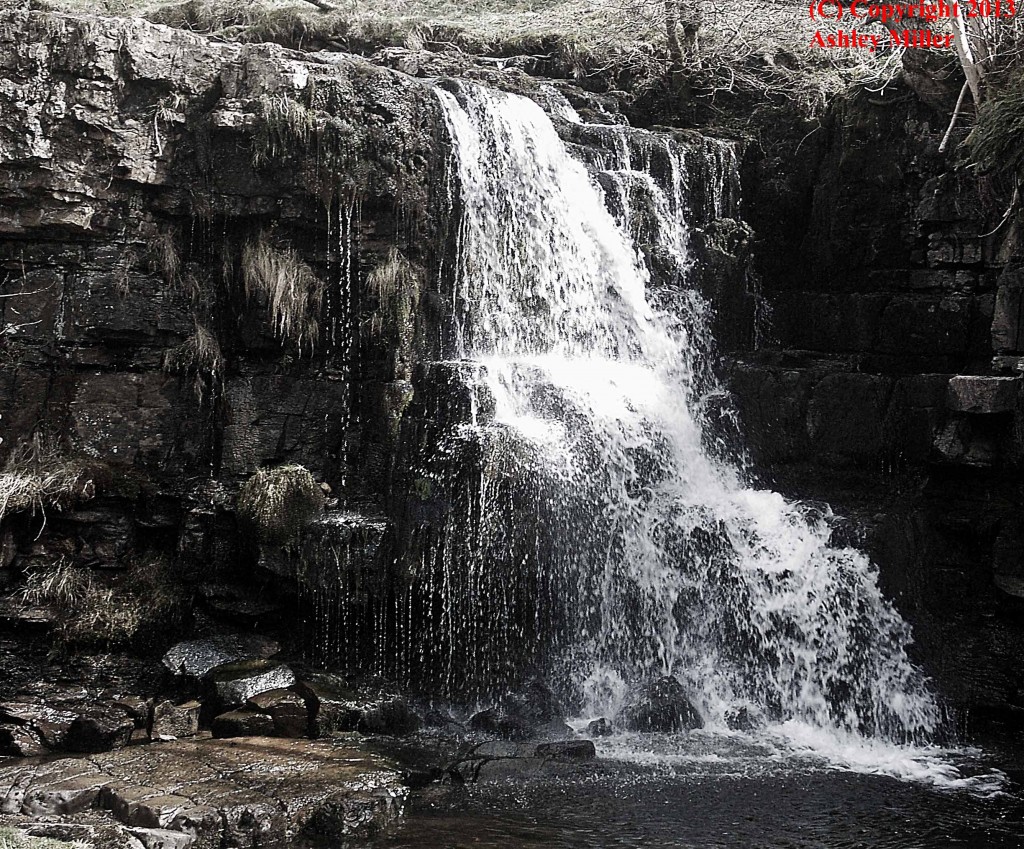 I’ll add a second photograph taken just down the valley from the above. Flipping to black&white did not have quite the same impact, yet it did give the bygone days feel again, and solved a nasty problem whereby the branches of the tree that thrusts through the skyline had gone a weird blue and nothing I could do would get rid of it.
I’ll add a second photograph taken just down the valley from the above. Flipping to black&white did not have quite the same impact, yet it did give the bygone days feel again, and solved a nasty problem whereby the branches of the tree that thrusts through the skyline had gone a weird blue and nothing I could do would get rid of it.
Abstract
This image started as a photo of a trickle of water running over some leaves and rocks at the side of a waterfall. It was taken on a 5mp compact at a time when my main cameras were 35 mm film SLRs. The photo was taken on a bizarrely rainy holiday in late Summer on the Greek Island of Evia (see blog post ‘Harder Work’ Aug 3 2013). I tried sharpening up the image but the quality was not good enough to produce anything that had impact. So in a whimsical moment I decided to play a bit in photoshop, though not as much as some might think. I did not use any of the ‘artistic’ options, no twirling, swirling or solarising. Even the colours emerged from a modest level of increasing the saturation. Most of the work was around experimenting with brightness, contrast, layers & blending changes. And what emerged was this abstract/impressionist image. All the elements of the original photo are there, the rocks and water and leaves, yet melded to this mosaic of shapes and colours. At the very least it teaches us that occasionally even humble photos hold surprising potential to create an image; sometimes the beauty of Gaia, our planet, lays it all out for us and all we need is the eye and the composure to record it, sometimes artists have to work harder at finding the image. I like it, a lot.
Red
When trying to describe the contribution of the photograph to our much imaged world it is commonly stated that the photograph records what is actually there. Or does it really? Even in an un-photoshopped image what was actually there has been distorted and manipulated by many factors that we have chosen … lens, aperture, shutter, ISO setting of film or digital sensor, under/over exposure (deliberate or accidental) to name a few … and factors we are only dimly aware of … the way the software of our digital camera or the way the industrial chemist engineered the film, each to interpret and manipulate the light entering the lens. Even the basic photograph, untouched by photoshop or darkroom manipulation is only an interpretation of what was actually there. And then we go into the darkroom or sit at our computer with the base photo and for the latter we view this photo through yet more software, both the basic software that allows the image to be seen at all and then the more advanced software, like photoshop, that allows to take the base photograph and use our imagination to create an image; photoimagination! So the proud boast of some about their un-photshopped images displaying what is actually there and being the true photographers’ art is just delusion and vanity; create what you will, it is your choice, skills and imagination.
This image started as a photograph of a pretty bay on the Mornington Peninsula (Victoria, Australia).
And this is the base photo.
So I tweaked it and tidied it up in photoshop and was moderately pleased with the result. Yet only moderately pleased. If only Gaia had arranged a large rock in the foreground or a jagged islet a bit further out then the eye would have been drawn into the image. But she left it as a simple bay. So I gave it a yacht. This is a technique I am yet to master and it took many attempts to get a yacht of the right size in the right place, rather than a bizarre space yacht hovering in the sky. And it was still not quite to my satisfaction so I coloured the white sail red; and that took many attempts to get the right amount of redness for it to be just noticeable and not a luminescent blob in the middle of the image.
And this illustrates a further point; a touch of red draws our eyes into the image. The next image would have been just a study in the texture and pattern of pebbles on Brighton beach (see the previous blog entry) but these two kids wandered into sight as they played on the beach, and one of them had a red jacket. This time they were genuinely there and the kid genuinely had a red jacket; so a lot less effort from the photimaginator needed, just a tweak and tidy and here we are.
